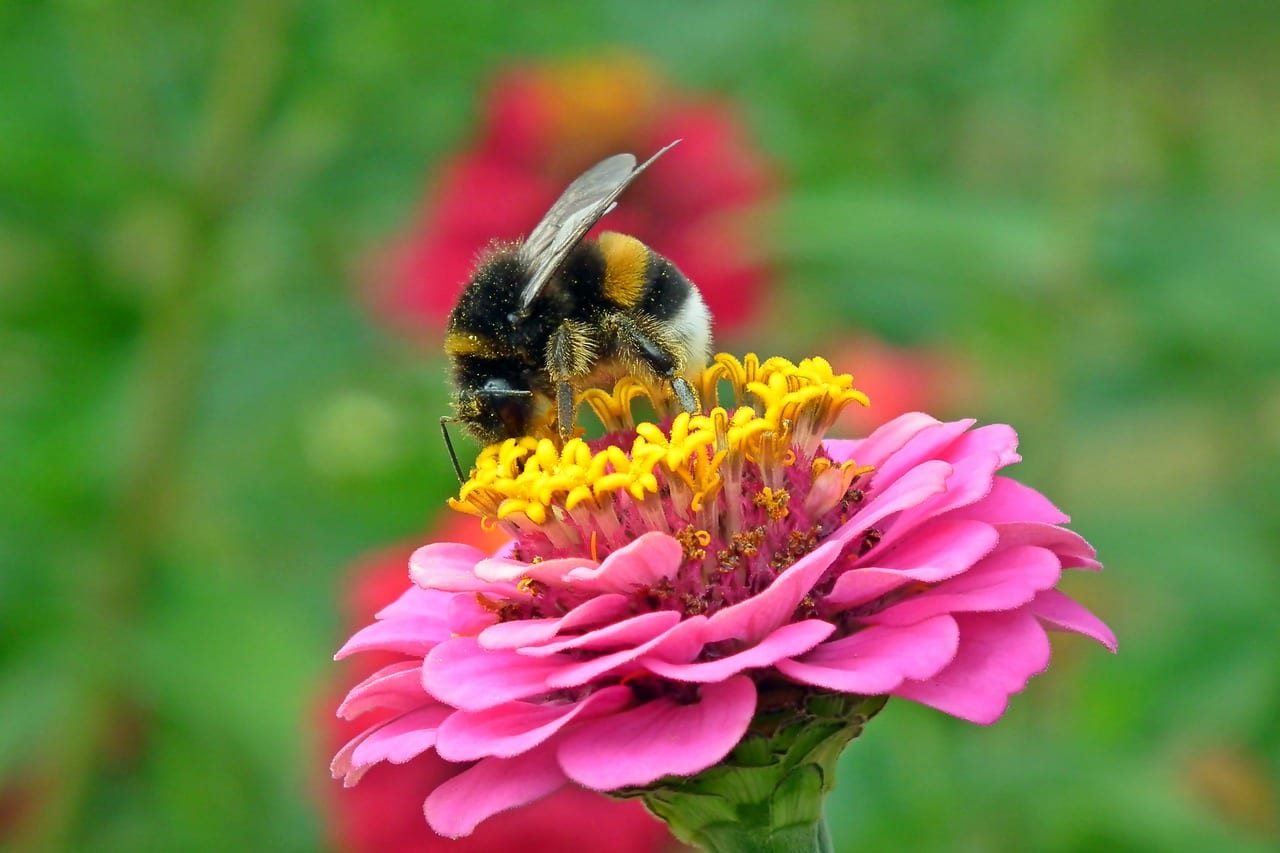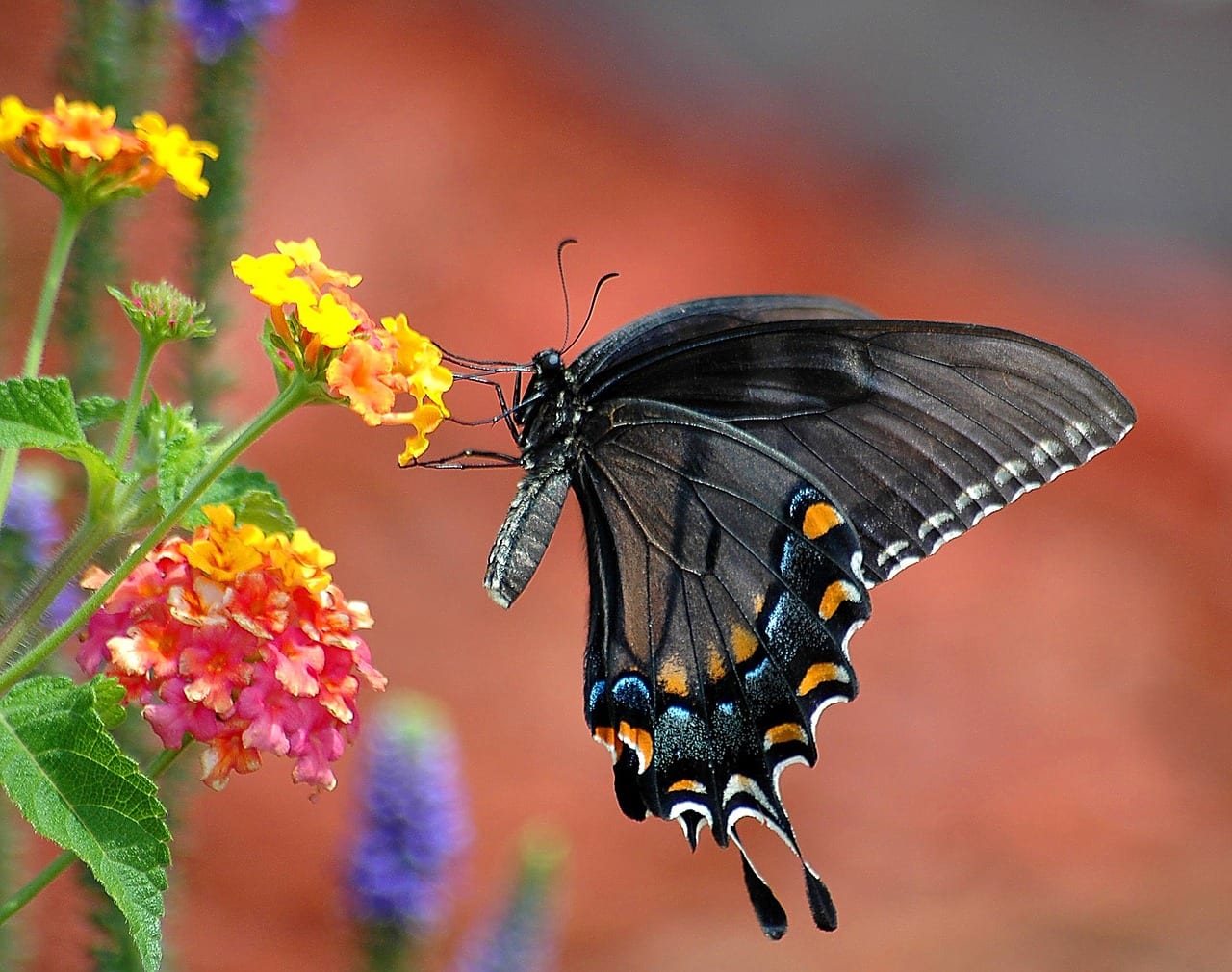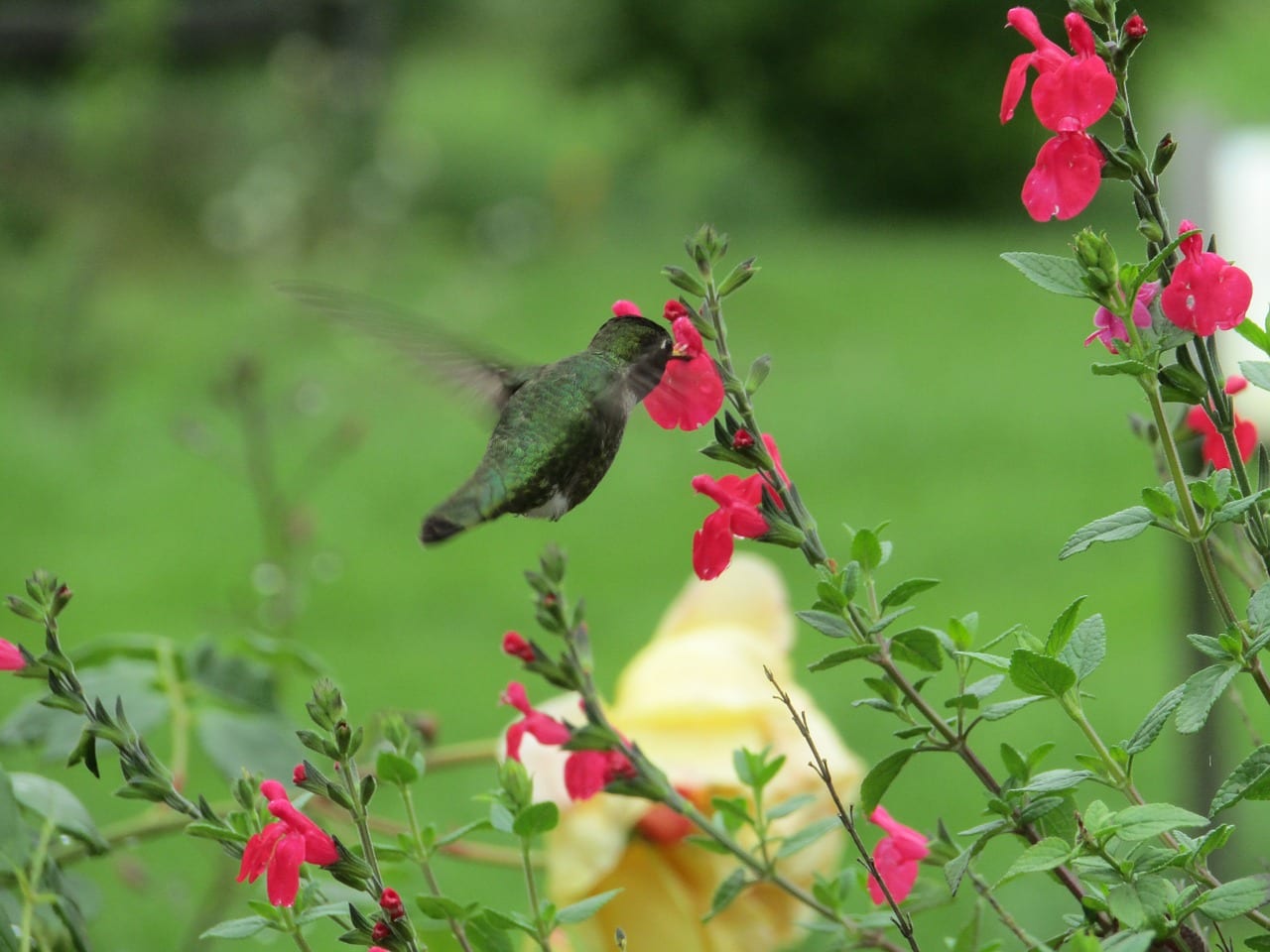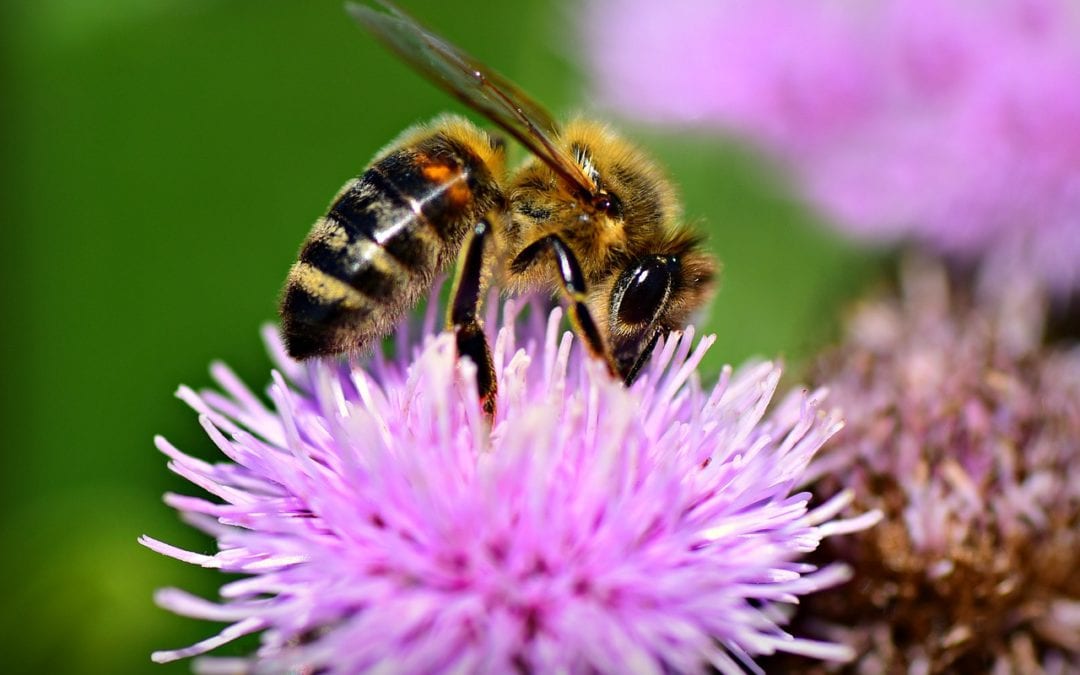Most of you have heard by now how important pollinators are for our livelihood and some of our food sources. No pollination, no food! With our precious pollinator populations declining, we need to do all we are able to do to help them repopulate. It’s a real problem, folks! We can help by offering more food sources to our pollinators.
We’ve offered advice in our 5 Tips for Attracting Pollinators to Your San Antonio Landscapes, but today we’re honing in on some fun information about what pollinators are looking for specifically in the plants they visit. Just like most of us have our own likes and dislikes, favorite colors, smells, etc…so do pollinators! The following info focuses on three common pollinators, and their preferences. The plants listed are by no means the only plants these pollinators are attracted to, they are just a few of our favorites. For some more really great information on pollinators and plants to attract them, check out Texas Entomology’s website.
Specific Qualities in Plants that Attract Bees, Butterflies, and Hummingbirds in San Antonio.
Bees: Bees are most attracted to plants that have blue, purple, yellow, or bright white flowers. They like other colors on flowers too especially if those flowers have ultraviolet patterns that contrast (see our fun fact about the ultraviolet spot on bluebonnets here). These important pollinators make a beeline (get it?) straight to flowers that emit fresh, pleasing fragrances.
- Some Plants that have bees buzzing like crazy are: Mealy Sage, Henry Duelberg Salvia, most other salvias and sages, Mexican Heather, Fragrant Mist Flower, Lantana, Texas Fall Aster (and all plants in the Asteraceae family), flowers on fruit trees and berries, wildflowers like Bluebonnets, Pink Evening Primrose, Globe Mallow, herbs like Rosemary, Basil, Mint, Borage.


Butterflies: You’ll see butterflies fluttering excitedly about flowers that have a bright red hue, or a purple-blue tint. Flowers on these plants don’t have to be strong in fragrance, but butterflies do delight in a slight scent especially when fresh.
- Plants that have the ‘it factor” for butterflies are: Milkweeds, Pentas, Zinnia, Gregg’s Blue Mist Flower, Cowpen Daisies, plants in the Asteraceae family, Vervain, Texas Lantana, Rock Rose Pavonia, Turk’s Cap, Duranta (brings in tons of butterflies), Beebalms, and Mexican Oregano, and trees like Mexican Plum, Eastern Redbud, Western Soapberry. Don’t freak out if your favorite butterfly attracting plant isn’t mentioned because these are just a few.


Hummingbirds: Hummingbirds zoom straight to plants with bright-red or orange flowers. Strongly scented flowers don’t interest them, but if the flowers are tubular shaped, you’ll have your hummingbirds flapping their wings in ecstasy.
- Plants that put the zip in a hummingbirds’ flight are: Hummingbird Bush, Firebush, Firespike, Red Yucca, Turk’s Cap, Cardinal Flower, Cenizo (Texas Sage), Firecracker Plant, Horsemints, Penstemon, Phlox, Betony, Sages and Salvias, and vines like Coral Vine, Trumpet Creeper, Crossvine.
~The Happy Gardener, Lisa Mulroy




My squash has blooms but not fruit. Same for my tomatoes. I don’t think they are being pollinated at all.
Hi Donna,
Pollination could be a problem for sure. Are you using insecticides that might have drifted over to your vegetable garden? That could ward off the pollinators.
The cloudy days that we have had don’t help for fruit production either.
Are your squash and tomatoes being fertilized? Too much nitrogen fertilizer can cause vegetative growth but not fruit. Once fruit and veg plants develop flowers, you should look for a fertilizer with a higher phosphorous number (middle number on bag or bottle).
You can try gently “thumping” the tomato flowers to release their pollen, and using a small paint brush to take the pollen from the stamen of a male squash blossom and transfer some to a female squash blossom to see if that will help.
Don’t tomatoes usually self-pollinate? Could it be that the temperatures were too high or too low for the plants to set fruit? Tomatoes can be finicky like that.
They surely can self pollinate, but extra help from the pollinators is always encouraged. I’ve had to thump my flowers before to get the process moving.
Definitely temperatures can be a factor as well as a range of many other things….but we still love growing those finicky things, don’t we?
Please Advise! I have just discovered 8 Monarch caterpillars growing on myButterfly Weed Orange purchased at Rainbow. I am so excited but have questions. I have a small butterfly enclosure but no big enough for the whole plant to go in.
Hi Vickie,
No worries! You can fill up a couple of jars with water and cover the tops with some type of plastic wrap with a rubber band around the top. Cut some long stems of the plant and poke the stems through the plastic wrap. These will fit nicely in your enclosure and keep your caterpillars safe from falling into the water in the jars. You may need to continue to add stems from the plant or get more milkweed just to feed the babies while they grow. They are voracious eaters once they really get going. Hope this helps.